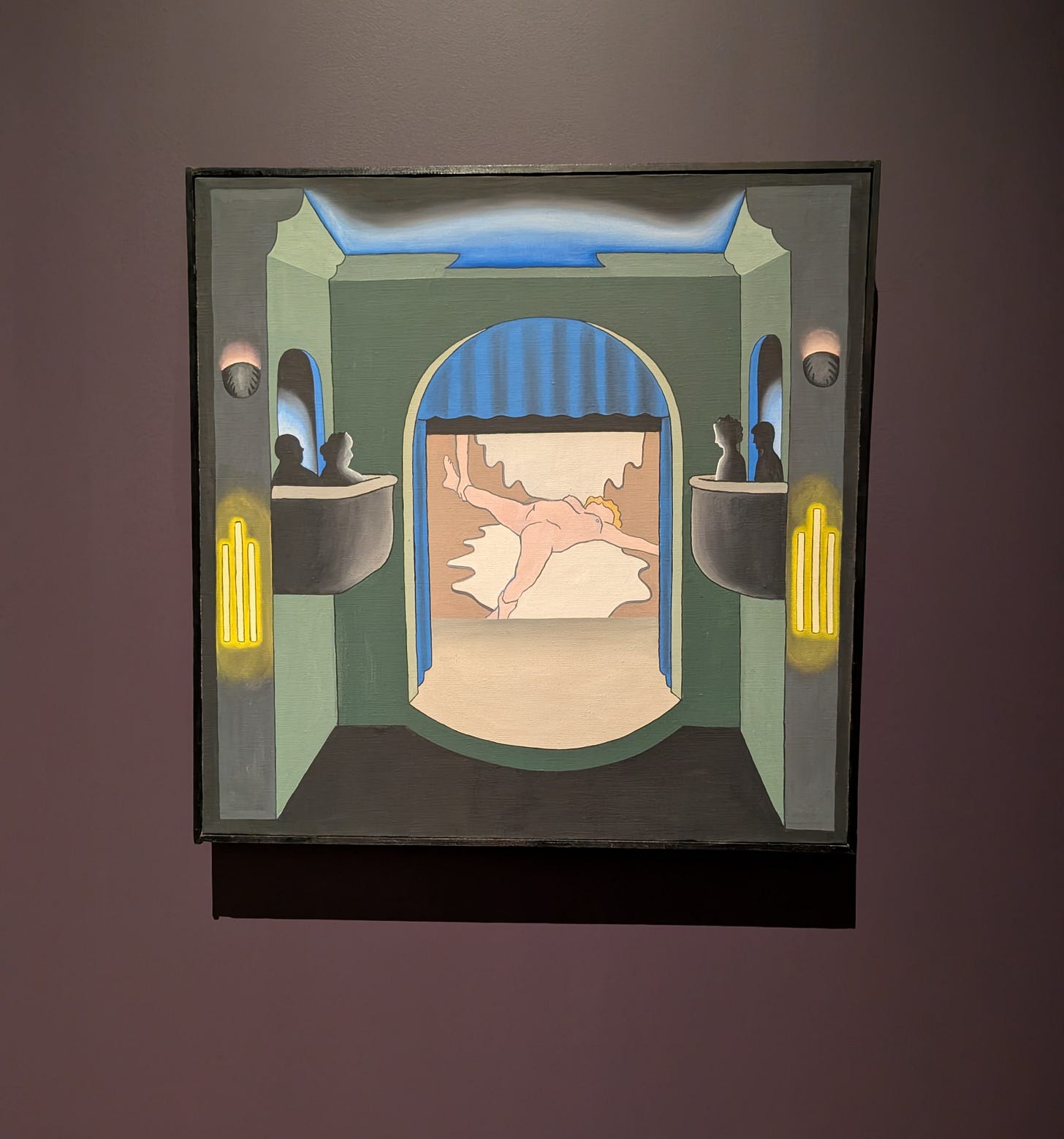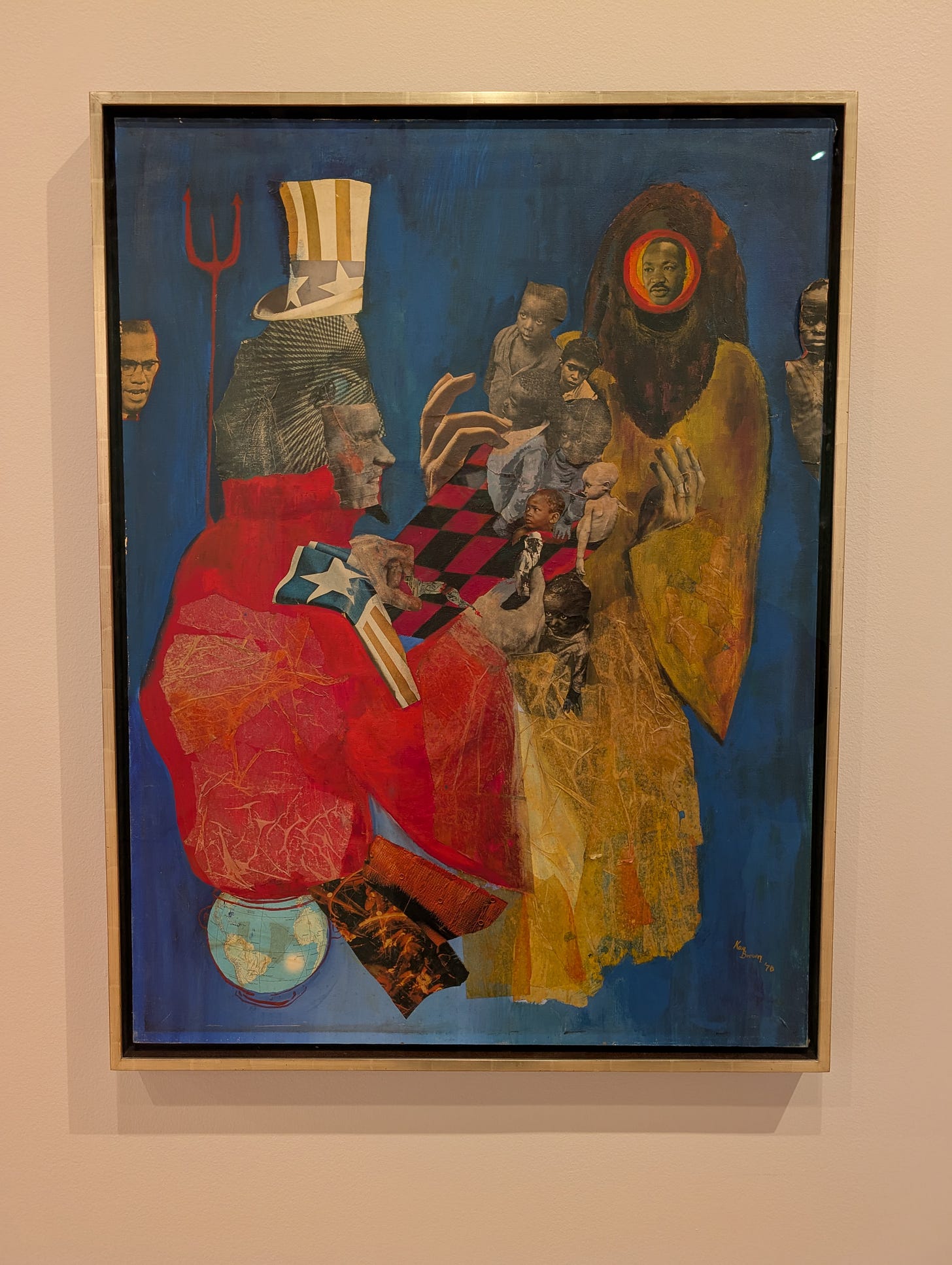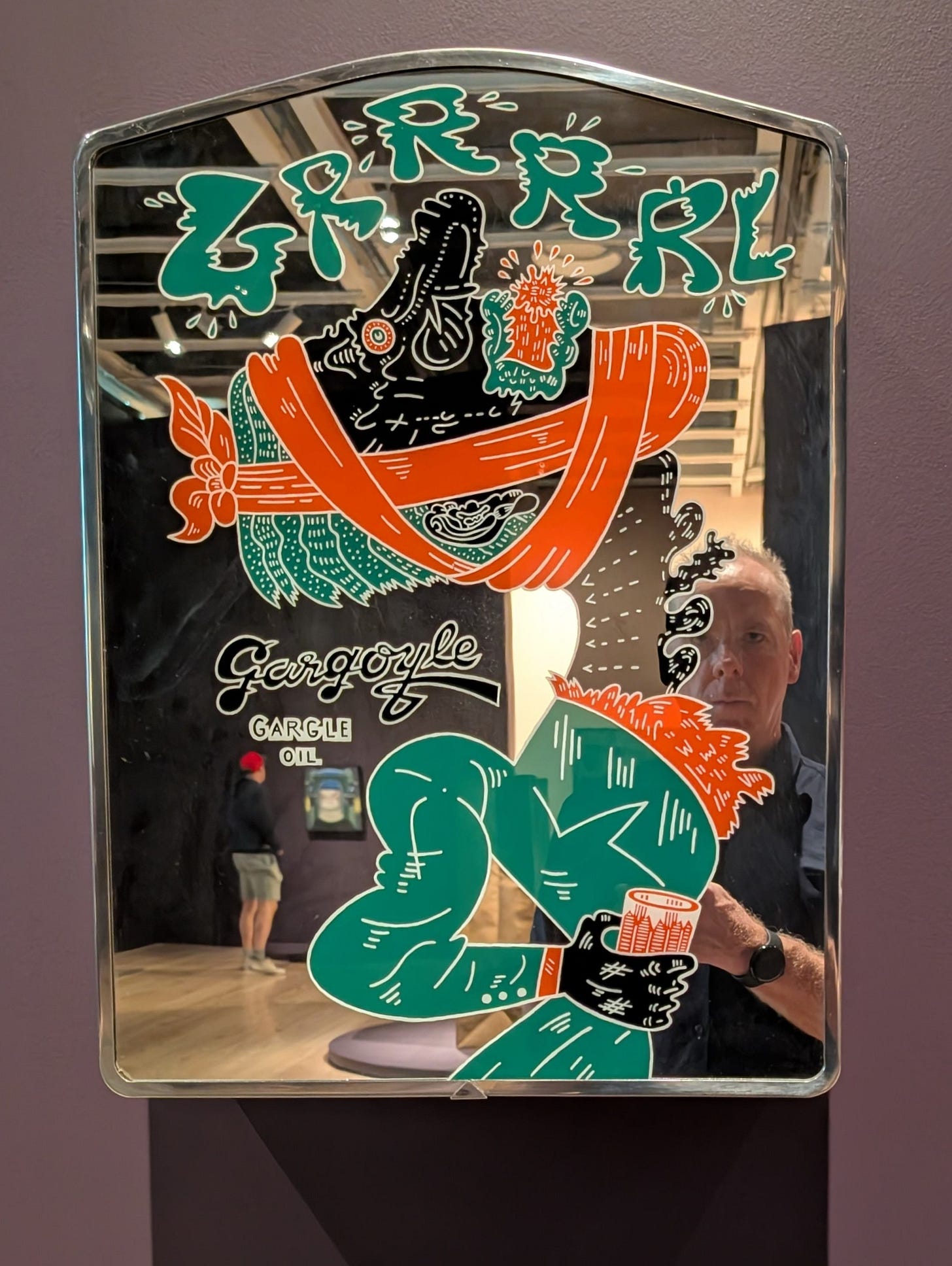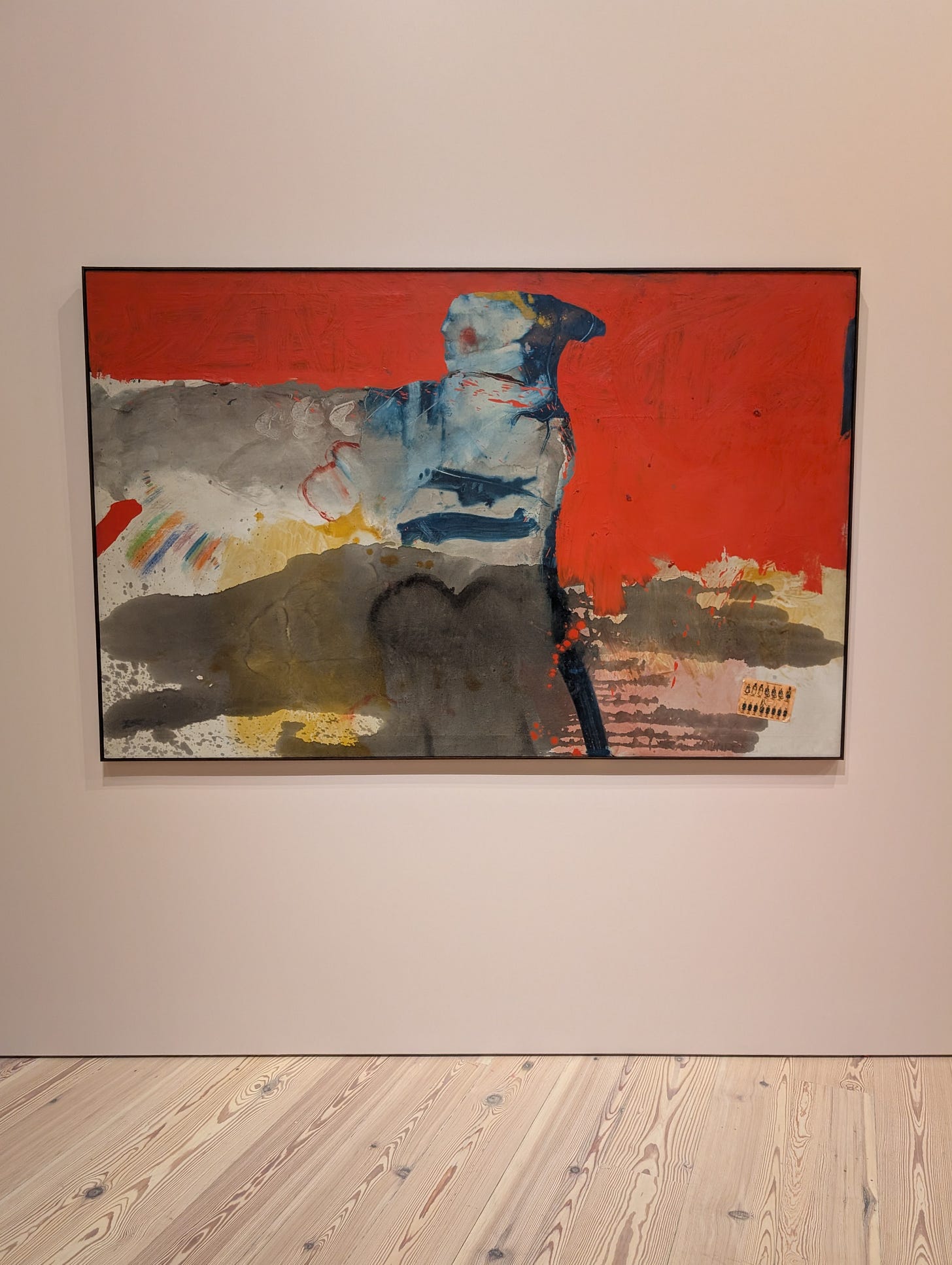Surrealism in the 1960s
Counterculture sparks super-reality in new Whitney exhibit of 100+ artists
When I think of the 20th century Surrealist movement, my mind turns to the post-WWI European art and cultural movement where artists, like René Magritte, pursued permitting the unconscious to express itself. Those incongruous dream-like scenes and ideas were a way to “resolve the contradictory conditions of dream and reality into a super-reality,” or surreality, according to leader André Breton.
Aside from the undeniably prolific output of Spanish artist Salvador Dali, who himself joined the Surrealists in 1929, I don’t typically think of artists during the 1960s creating under the Surrealism banner. But, the new “Sixties Surrealism” exhibition at the Whitney argues that “surrealism was in the groundwater of American culture” by the end of the 60s and despite being considered “tasteless or passé, particularly by the New York-centric art world” it “had influenced everything from film and dance to design, fashion, and advertising.”
Turns out, the curators at the Whitney are so right.
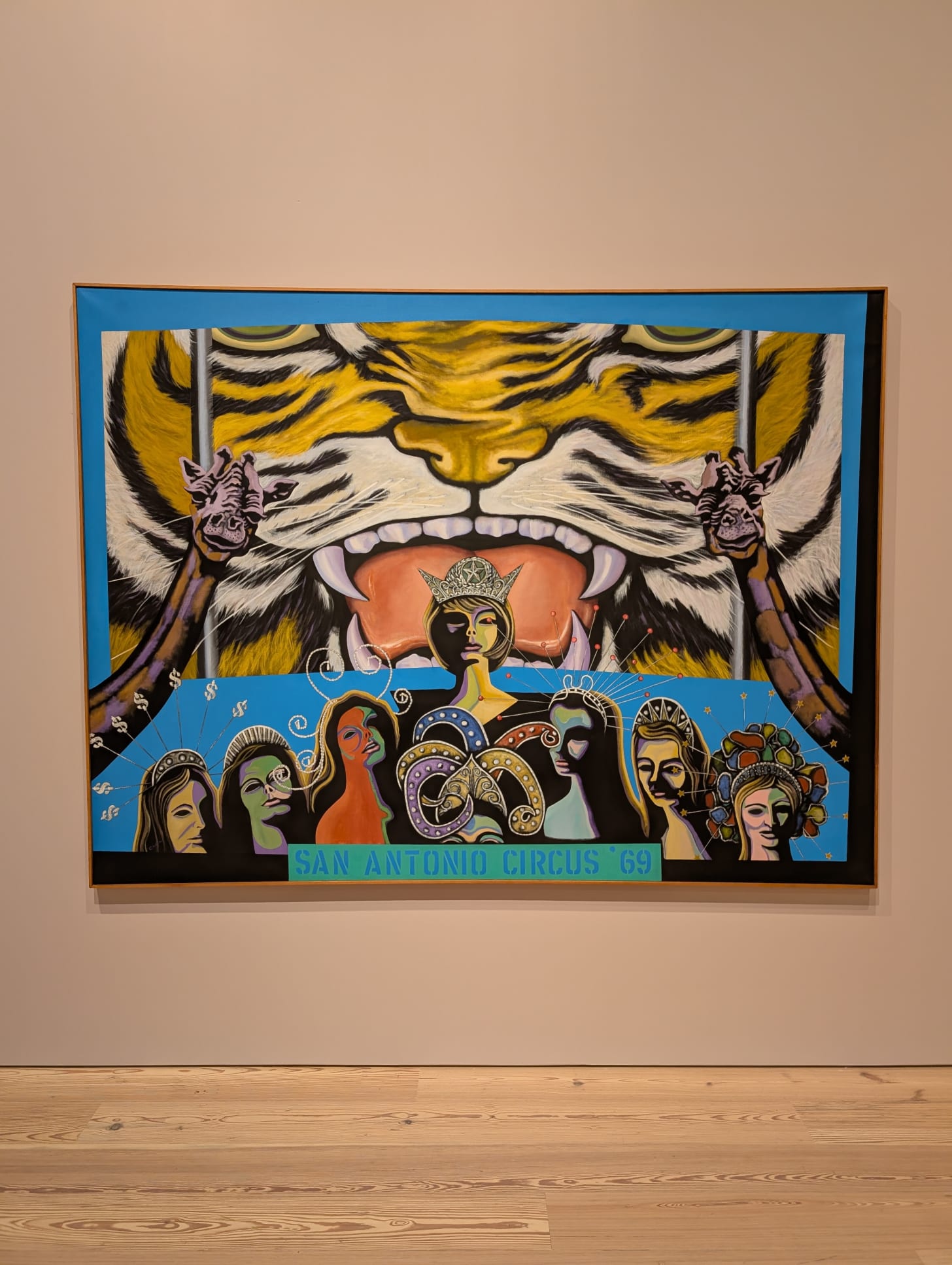
Featuring work from more than 100 artists, this brand new exhibit “proposes a radical new view of the decade,” and argues “that surreal tendencies were among the most important forces shaping contemporary art across the United States.” Covering 1958 to 1972, the featured artists “from diverse backgrounds took license from the wildness of the Surrealist imagination to express the psychosexual, fantastical, spiritual, strange, and revolutionary qualities of their time.”
It was nice to see Chicago represented with the inclusion of members of the Hairy Who, an artist collective that mounted unconventional displays of bright, graphic work at the Hyde Park Art Center from 1966-1969. Their work embodied irreverence, spontaneity, and quietly transgressive humor during the distinct rise of counterculture amid a moment of profound national upheaval. We had the good fortune to see five of those six artists at a Chicago Humanities Festival presentation back in 2018.
Aside from shoe-horning a Warhol “Marilyn Monroe” into the show, the rest of the thesis is borne out very successfully throughout the exhibit. Structured around many countercultural themes that challenged the status quo, the exhibit demonstrates that the “cascading social and political changes [happening during that historical time period] affirmed that life, itself, is surreal.”



